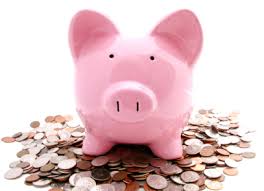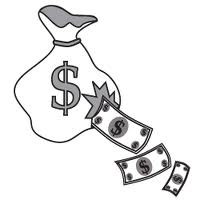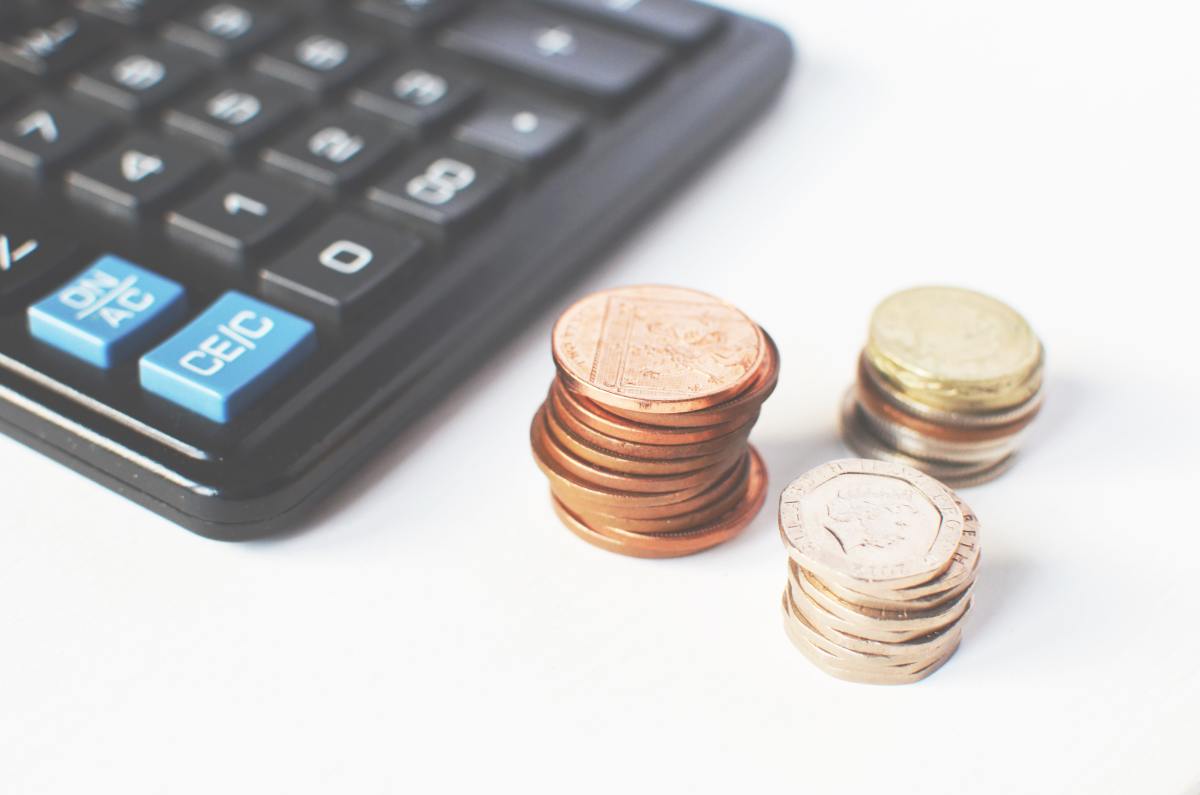A Penny Saved

The Invisible "Saved" Penny
When you "save" money by purchasing an item on sale or by fixing something yourself rather than paying an expert to do it, you aren't really saving money; you're spending money. When you "save" $50 buying something on sale that $50 you "saved" doesn't magically appear in your bank account.
When you can't afford the $500 auto repair bill so you get the parts and fix it yourself for $100, you aren't granted an extra $400. More likely, the $100 you spent wasn't in your budget either, so while you did save money over what it would have costed to have someone else do the repair for you; you're still down money that wasn't a planned expense in the first place.
Making a list of the groceries you need for the week and calculating out the expense of those groceries, then finding coupons or buying a less expensive brand, perhaps even a store with better prices; that is the true saved penny. When you plan to spend $100 on your groceries and you come home with everything you budgeted for while only spending $90 on things you were already going to buy. This is not to be confused with walking into a mall and making an impulse purchase on a pair of jeans you just "had to have" because they were on sale. Sales are not saved pennies unless you were already planning on making the purchase.

Find A Penny
There are only 2 categories you need to be familiar with in order to understand how saving a penny is like earning a penny. Cash flow; which is the amount of money you bring in, and expenses; which is the amount of money that you spend.
If your cash flow is $2,000 per month and your expenses are $2,000 per month or greater, this is when you feel the pinch of financial instability.
By saving money and lowering your expenses you offset the equation, thereby raising the cash flow to greater than your expenses. This creates a feeling of more security and stability when it comes to your finances.
You aren't really "finding" a penny, you're just plugging up a leak where your money has been draining out of.
How do you take your coffee?
Needs -v- Wants
In today's world the terms need and want are almost interchangeable. They shouldn't be, because they aren't.
A need is something vital to your survival.
A want is something that makes your life easier.
If things considered to be "needs" today weren't around even 100 years ago, then how on earth did our ancestors survive? A cell phone is not a need. A phone isn't even truly a need. They make life easier, but you wouldn't die without them.
Food, shelter, fresh water; these are needs.
Taking a hard look at how much is spent on luxuries, conveniences, and wants is essential in saving money which can be better used elsewhere.
Do you really need a new outfit, a new vehicle, new furniture, or that new shiny figurine that is just "to die for" cute and would look oh so perfect on your shelf?
Do you really need that cup of coffee from the gas station or to order a pizza because you aren't in the mood to make it yourself?
You could have a jumbo can of coffee beans to make at home which would last you for months for the same or less than you spend in 2 weeks grabbing an already made coffee from a gas station or coffee shop. Those pennies add up to hundreds of dollars over the course of a single year.
Multiple Income Sources
Where there is a will, there is a way. Once you have established the amount of money that has been flowing out over things you can and are willing to cut down on or cut out completely; now it is time to increase the cash flow and bring even more pennies in!
There are countless ways to bring in a little extra on the side to increase your cash flow.
- Garage Sales
- Babysitting
- Lawn mowing
- Selling homemade crafts
- Become a weekend flea market vendor
- Bringing cans in to be recycled
- Writing online
- Selling on an online auction or sales site
The trick is to find something you enjoy doing so it doesn't feel like an extra job, just a bonus added income. The amount isn't as important as knowing that you are increasing your cash flow while decreasing your expenses. The more you tip the scale, the more you will see and feel the benefits of it.

To Sum It Up
Sit down and do your math. Figure out exactly how much you have coming in. Figure out exactly how much must be spent on needs such as rent, utilities, food, etc.
Is there any way possible for you to bring down the cost of those needs? Such as:
- Menu planning to lower your food expenses
- Energy saving or water conservation to lower your utility bills
- Ride sharing, walking, biking, or other ways to lower your transportation expenses
Are there any wants you can stop or reduce? Such as:
- Going out to eat
- Going out to drink
- Going out to watch movies
- Buying decorations or other items even if they are $1.00 items
Do you have the time and resources to produce an additional source of income? Such as:
- Selling unwanted or unused items already in your home
- Providing goods or services which are available to you
- Creating a low start up side business
By lowering your expenses and raising your cash flow you tip the scale and can begin to enjoy the benefits of all of those saved pennies.








